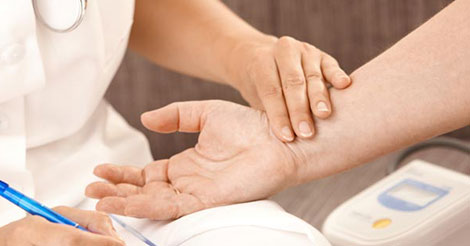Aging is a normal part of life, which unfortunately comes with undesirable side effects like skin laxity. The skin produces much collagen and elastin during your younger years, making it firm and flawless. But as you grow older, the body has less of these natural proteins, causing aging signs such as fine lines and wrinkles. You can attain a younger-looking skin thanks to minimally invasive procedures like microneedling. Today, an advanced form of treatment such as Scarsdale Morpheus8 enhances the effects of standard microneedling by using radiofrequency.
What is microneedling?
Microneedling is a cosmetic procedure that uses tiny fine needles to create micro-injuries in the skin to trigger elastin and collagen production. Sometimes specialists use radiofrequency waves during microneedling to cause additional damage, resulting in more visible results. If your provider combines microneedling with radiofrequency waves, it is called radiofrequency microneedling.
Usually, microneedling is a facial procedure, but it can be used on other body parts, including the thighs and abdomen. Besides reducing the appearance of wrinkles and fine lines, the procedure can also target stretch marks, acne scars, the appearance of large pores, hyperpigmentation, cellulite, and hyperhidrosis.
Who is eligible for radiofrequency microneedling?
Radiofrequency microneedling is a safe procedure performed by a registered healthcare provider, but it may not be appropriate for everyone. Ideal candidates should be in good health and have early signs of aging. For this procedure, you have realistic expectations; for example, you need to understand that the results may not be as dramatic as with a facelift.
Your provider cautions against radiofrequency microneedling if you have a skin infection, an active cold sore breakout, moderate to severe skin disease, a history of keloids, or poor wound healing. The procedure may also not be appropriate if you receive cancer treatment like chemotherapy or radiation therapy. Your doctor may prescribe oral antibiotics if you have active acne breakouts and oral antiviral medication if you have a history of cold sores.
What to expect during radiofrequency microneedling
The procedure usually takes place at your provider’s office. The details of treatment may vary depending on a professional’s practice, but general steps include:
- An hour before microneedling, your specialist applies a topical anesthetic to the treatment area or may inject a local anesthetic instead.
- Your healthcare provider cleans your skin with alcohol and a cotton ball to prevent infection.
- Using a hand-held tool with tiny fine needles, the healthcare provider pricks your skin, causing minor injuries. Simultaneously, the needle tip sends radiofrequency waves into the skin, causing more damage.
- Your provider may apply a growth solution to promote cell regeneration and finish with serum or soothing cream to alleviate pain.
- The procedure lasts anywhere between 10 to 20 minutes, but the exact duration depends on the extent of the treated area.
After radiofrequency microneedling
You can resume usual activities after the procedure; your doctor may give you aftercare tips to avoid complications. They include:
- Do not wear makeup for at least 24 hours after the procedure.
- Wear sunscreen to protect your skin from UV radiation because the skin will be extra sensitive to the sun.
- Apply ice packs to bring down swelling and discomfort.
- Use emollients or antibiotic creams as prescribed by your doctor.
Consult your healthcare provider at SeeBeyond Beauty for radiofrequency microneedling to improve your appearance.









